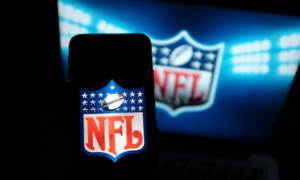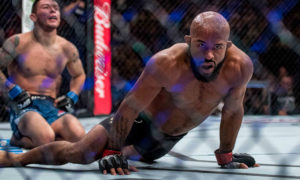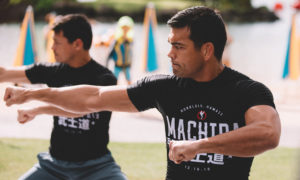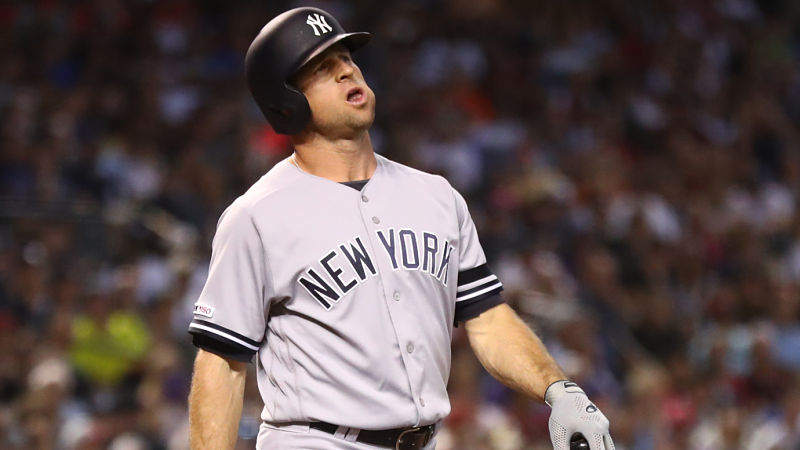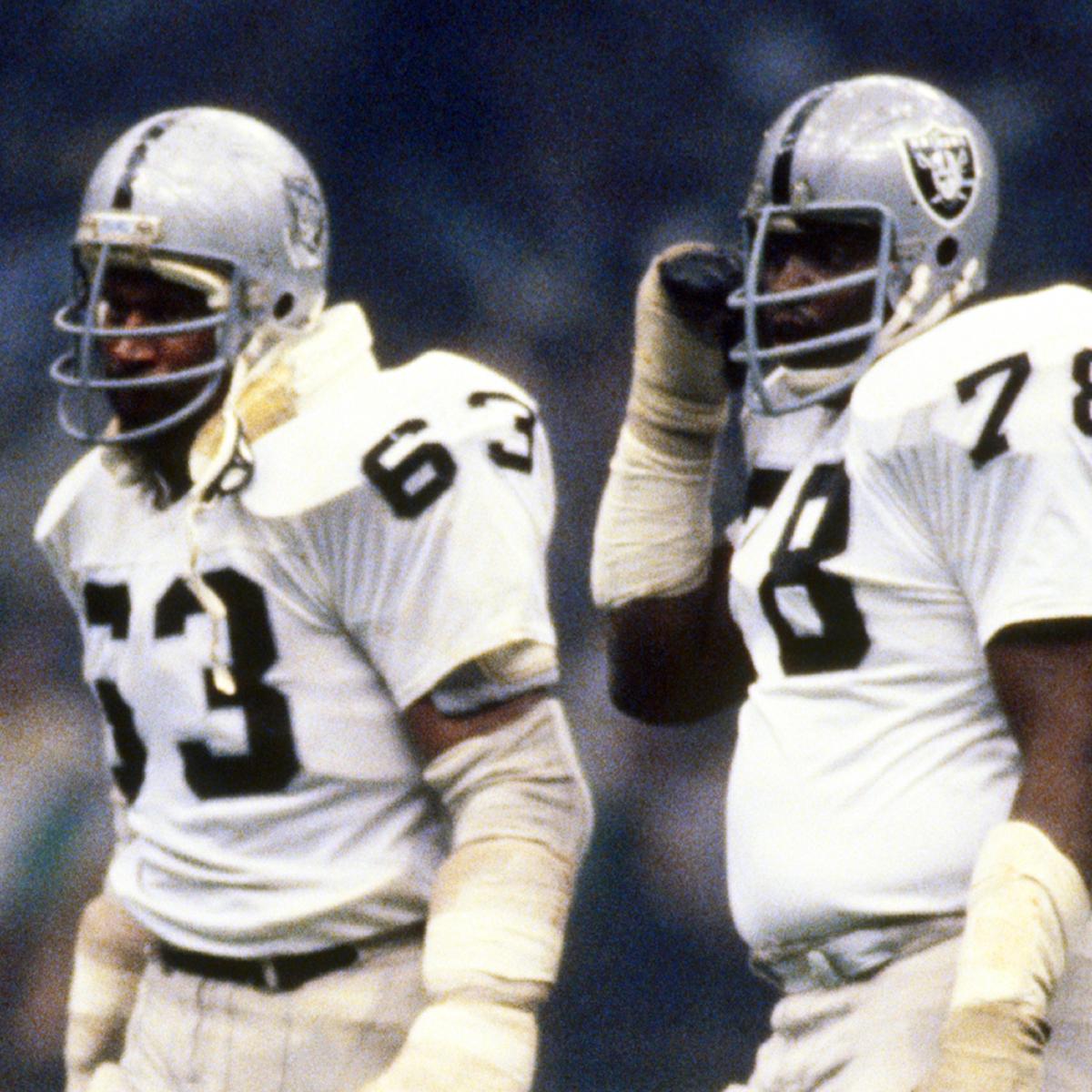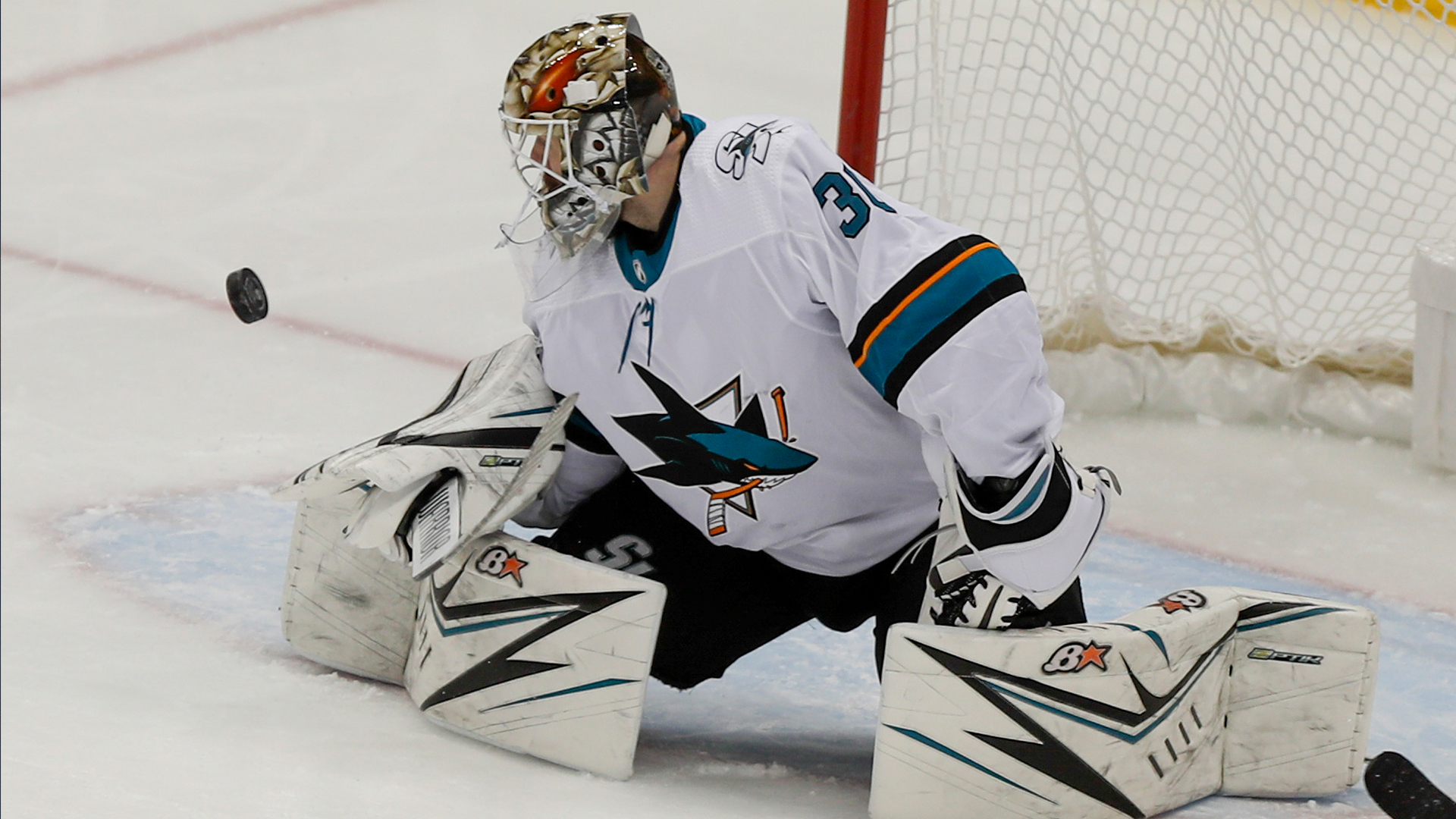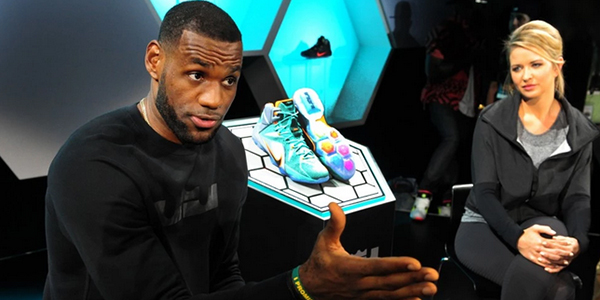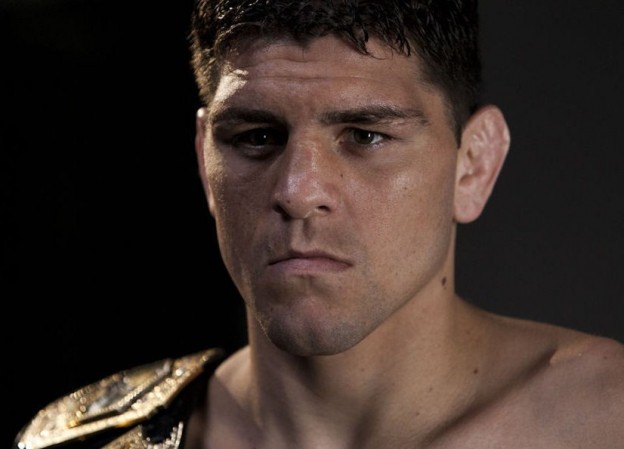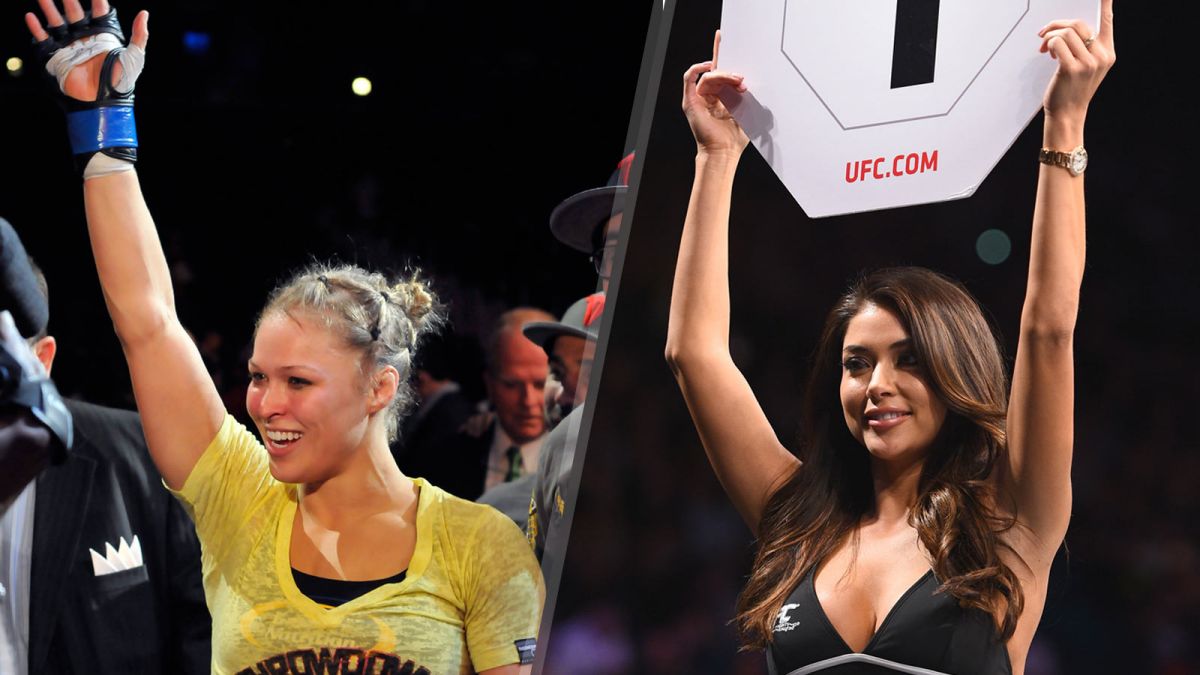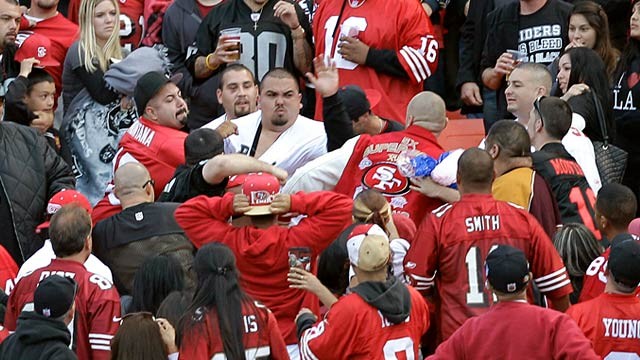From the NBA to Alabama, teams are using the devices. The tech is unproven, but some researchers believe it could help catch cases early.
Nick Watney began Friday, June 19, the same way that he begins almost every day: He checked his phone to see how he’d slept the night before.
The 39-year-old professional golfer had been wearing a fitness tracker on his wrist for almost a year. (He’d chosen a device called the Whoop after he heard about it from PGA Tour mate Rory McIlroy.) Watney used the data to discern patterns about his game: What time did he need to go to bed to play his best? How would his quality of sleep differ if he ate dinner earlier? But on June 19—the day after he’d finished Round 1 of the RBC Heritage tournament in Hilton Head—the device offered him some more alarming information.
Your latest RPM measurement is significantly above your typical range, read the disclaimer, highlighting his breathing rate, or respirations per minute, from the night before. If this trend continues, it might be a sign of illness or another condition. His wristband showed that his breath had grown irregular in the night—especially worrisome given what he knew about the coronavirus.
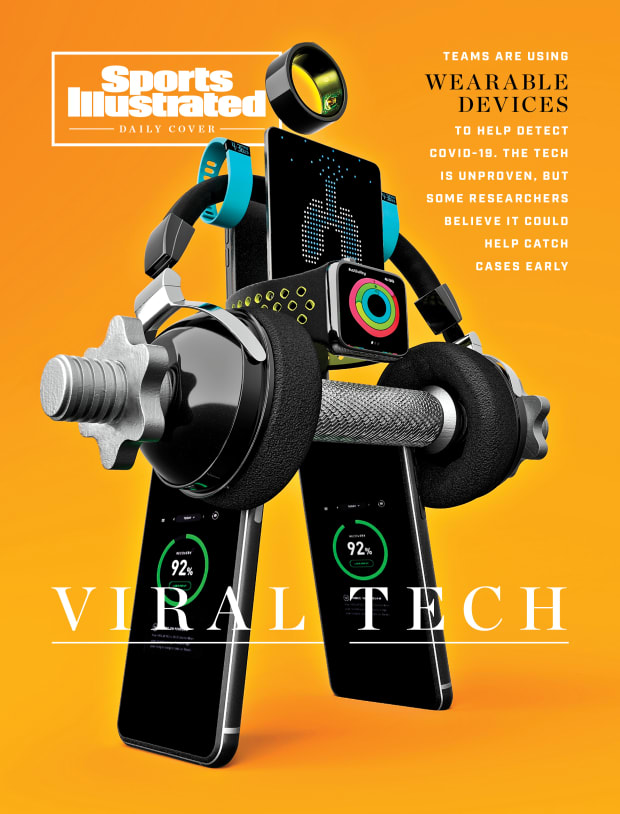
But as Watney looked at the spike in his graph, he didn’t feel short of breath. He wasn’t coughing. He didn’t think he had a fever, didn’t think he was sick, and didn’t understand how he could be sick. To compete in the tournament starting on Thursday, Watney had tested negative for the coronavirus on Tuesday; during the time in between, he had mainly been playing golf around others who had similarly tested negative.
“I was definitely concerned,” he says. “But I was also confused—like, how?”
Just in case, Watney called a tournament official: Would it be possible for him to be checked once more before his tee time? The tournament agreed to administer an emergency test for COVID-19, but no one seemed particularly concerned. Watney was told he could head to the practice range while awaiting the results. Soon, however, his phone rang: You have to get off the course right away.
Watney’s test had come back positive. The spike in his respiratory rate graph had not been a mistake. It had been an alert, and if not for his wristband, he never would have realized it.
These wearable fitness trackers do not offer a definitive solution for COVID-19. They’re not FDA-approved, and while studies are ongoing, none have yet proved that they’re able to detect illness. The devices are by no means a substitute for testing. But some researchers believe there’s a chance that they could be one piece of a much larger strategy for trying to address the virus—and some sports leagues and college athletic programs have bought in. The PGA, LPGA, NBA, WNBA and schools like Alabama and Tennessee have obtained thousands of smart devices—watches, wristbands and rings—for their players, raising not only hopes for flagging early indicators of the virus, but also questions about the privacy and monitoring of athletes.
“Everybody mostly uses them as fitness trackers,” says Michael Snyder, who studies wearables as director of the Center for Genomics and Personalized Medicine at Stanford. “But we see them as health monitors.”
***
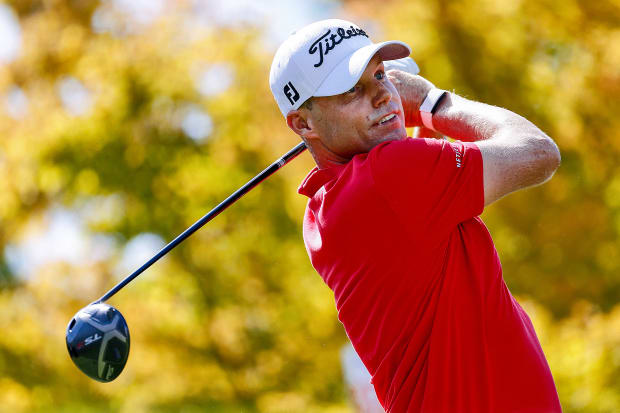
There are some 30 million Fitbit users in the U.S., and tens of millions more have devices like the Apple Watch, Whoop and Garmin watches. Most people use the monitors primarily to measure fitness, and they’re often marketed as such: Track your steps. See how your heart rate changes at the gym. Optimize your sleep. They allow people to quantify their workouts with the precision of pros.
But for a researcher like Snyder, who started his work on wearables in 2014, the allure is different: A Fitbit or similar device can record up to 250,000 measurements per day. His team at Stanford began studying some of that information to try to answer one question: Could a Fitbit determine when someone was ill even before noticeable symptoms? In January 2017, Snyder’s lab published a paper in the journal PLOS Biology showing the potential for a spike in heart rate to indicate illness such as the flu, particularly when paired with certain other shifts detectable by a smartwatch, like decreased activity and lower quality of sleep. Today—with “asymptomatic spread” now a household term—that research has become especially important.
This spring Snyder started a new study to see whether wearables could detect COVID-19. Data from 5,000 people who consented to share information from their devices—plus historical data from a smaller group of people who had already tested positive for the virus while they had been wearing smartwatches—yielded promising results: In about 80% of subjects who contracted COVID-19, heart rate spiked significantly after infection, often several days before any other symptoms appeared.
Snyder cites a couple of caveats. There’s still no way to conclude that a spike in heart rate, or a sudden change in any other metric, is COVID-19, rather than another illness. The information has to be contextualized for each individual and their circumstances. (“If you’re watching a scary movie marathon that’s running for 12 hours, I suppose your heart rate could be up, too,” Snyder says.) With further study, however, there could be game-changing results for the way that people think about these devices.
Snyder analogizes it to a car: The dashboard has all sorts of gauges, but generally, a driver doesn’t have to pay too much attention to their specifics. If anything goes wrong, however, there’s probably going to be a warning—a check-engine light, say—and that’s worth paying attention to. Maybe it’s nothing. Maybe it’s minor. But the driver’s still going to want to find out.
“It’s not going to be perfect—just like how your car can break down without a light going on,” says Snyder. “But most of the time, it probably flags something, and even if you’re not entirely sure what it is, it’s still useful to know.”
The findings are described in similar terms by Scripps Research executive vice president Dr. Eric Topol, who has also been studying wearables and COVID-19: “It’s promising. But there’s nothing proven.”
Topol’s current research involves data from 40,000 people with wearables, and it aims to determine how much information is needed to detect the coronavirus in a cluster of people, such as a neighborhood. Like Snyder, he’s found that spikes in heart rate can be particularly significant—not as a guarantee of anything, and not as a confirmation of COVID-19, but as a potential sign to self-isolate or seek a test.
“Everyone talks about testing, testing, testing, and we’re not going to get away from that. This is complementary,” says Topol, a cardiologist and the chair of innovative medicine at Scripps. “But testing is in a pathetic state in this country, and this is a good added feature, another dimension of data.”
This is the role that some leagues are hoping the devices might play. The PGA purchased 1,000 Whoop bands after Watney’s diagnosis, providing them to
any golfer or caddie who wanted one. The LPGA and Premier Lacrosse League
followed suit, as did some colleges, like Tennessee, which has outfitted all its athletes with Whoop. Alabama offered Apple Watches to its football players. And the most eye-catching move came from the NBA, which obtained 2,000 Oura rings for the league’s bubble in Orlando. (The WNBA later announced a similar partnership.)
Oura bills itself as a “sleep and activity tracker” and retails starting at $299; it can measure heart rate, respiratory rate and body temperature, among other stats. The research on whether it can effectively predict the coronavirus is still developing. But the NBA’s embrace of the brand made it the highest-profile news yet about wearables’ capacity to detect COVID-19—which worried some researchers.
“I had two reactions,” Topol says. “One was: I think it’s smart that they’re capturing this data. And the other was: It made me nauseated to see some of the claims. I mean, the idea that it worked 100%, or would prevent any spread? That’s ridiculous.”
The NBA itself did not make such claims. But the announcement of the partnership made for inflated headlines and social media chatter. One post that circulated widely—tens of thousands of retweets—described the ring as “capable of predicting COVID-19 symptoms.” While it’s true that just about any fitness device could be “capable” of such, it was an overstatement of Oura’s confirmed ability. The ring isn’t as well-known as the Fitbit or Apple Watch, and its design looks straight out of science-fiction, with a trio of sensors on the inside of a sleek band that slides over the index or middle finger. Add all of that together, and the NBA’s high-tech ring was ripe for oversimplified takeaways.
“I was skeptical at first, just because I worried about people saying, ‘Hey, this is a solution,’ ” says Benjamin Smarr, a professor of data science and bioengineering at UC San Diego, who is studying Oura’s potential to detect COVID-19. “I called up the CEO of Oura and said, ‘What are you doing? Are you getting all of us in trouble?’ ”
The CEO, Harpreet Singh Rai, has himself pumped the brakes: “We’ll never be a medical device,” he told ABC News. “I’m not trying to be a replacement for testing.” But he does think the ring can play a role.
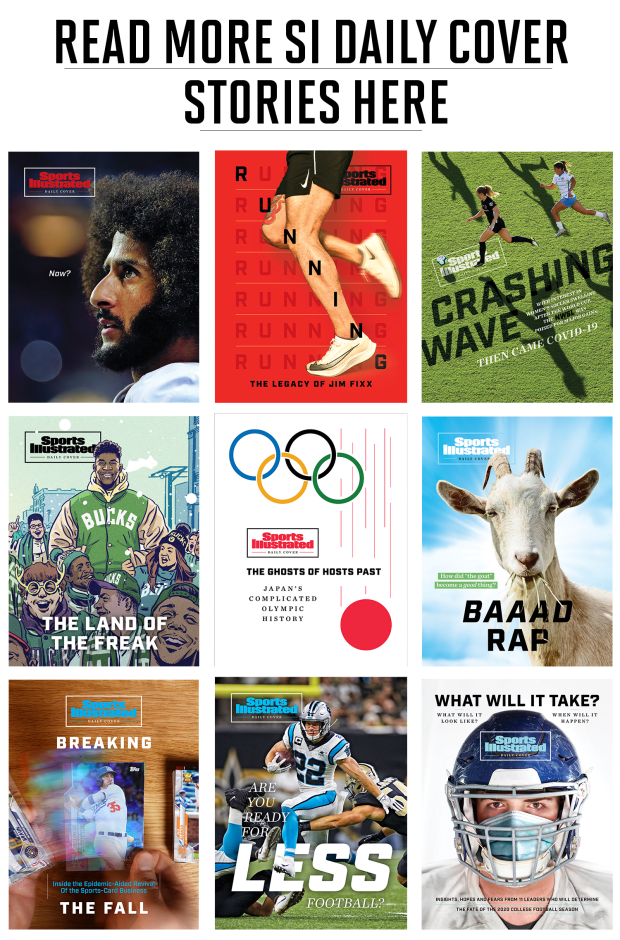
Smarr’s research, which started in March, uses data from 50,000 Oura wearers in all 50 states. The preliminary results indicate that, as with the multidevice research done by Snyder and Topol, there can often be a spike in heart rate and change in body temperature that might serve as an early warning for COVID-19. “But there’s a much more challenging question,” Smarr says, “which is, How precisely can you differentiate ‘This is COVID’ versus it’s the flu, or your allergies are acting up, or you stayed up all night and had a bender?” The NBA knows this—which is why the ring is one small piece of a much larger protocol and is recognized as experimental, rather than serving as the foundation of the whole project.
“They’ve been really clear-eyed about it, actually,” says Smarr, who spoke to league representatives about his research before the start of the season. “They know it’s an experiment. And my hope is that a lot of good conversations can come out of it. Are these data helpful? How do we integrate them into our community? And how do we make sure that if you’re being monitored, your voice is being heard, and you’re not being taken advantage of?”
That last query is a critical one: Any concerns a person might have around data privacy are justifiably amplified when it comes to medical data. After the NBA announced it would work with Oura, Lakers forward Kyle Kuzma tweeted, “Look like a tracking device.” Jazz guard Joe Ingles replied, “Oh they tracking you for sure.”
Over the last decade many NBA teams have embraced putting body-tracking devices on players when they train and practice, ostensibly to improve on-court performance—leading some players to express concern that data gleaned from the devices could be used against them in contract negotiations.
But the Oura does not come off when a player leaves the court: It’s a 24/7
accessory. The NBA has said that teams will not have access to data collected by the ring and that players will be notified only if there are any indicators of illness. (All players are tested for the virus regularly, but Oura data, if deemed worrisome, could prompt additional testing.) The league also promised to delete all of the information permanently within four weeks of the end of the season. But a little skepticism is still understandable.
“There’s going to be a lot of good medical care that comes out of this that would have been impossible otherwise,” Smarr says of the research around wearables. “That’s great. The flip side is, as a society, we have no protections for people having this kind of transparency.”
In other words, no one would want to participate in a workplace program where wearable tech could be used to determine not only whether you’re well enough to come to the office on any given day, but also what your health insurance should cost, or even if you’re too “risky” to employ in the first place. Which is why it’s good to set such a prominent workplace study in an environment like the NBA, says Smarr—where employees are unionized, have collectively bargained protections around their health and privacy, and have prominent voices and platforms. It doesn’t erase every concern. (There’s a reason why leagues have begun to address wearables in CBAs.) But it does offer the foundation for a solid starting point.
It also highlights some of the potential concerns for college athletes, who face quite a different power dynamic. When Bama distributed Apple Watches to football players this spring, some wondered whether it had run afoul of an NCAA regulation that bans schools from remotely supervising player workouts in the offseason. The school claimed that the watches were not used to track workouts—just to review sleep patterns and activity level, which, while allowed by the NCAA, is probably not any more comforting to a concerned player.
There’s plenty that’s still unknown here. But—much like the researchers behind this work—these leagues have figured that the role of wearables is a question worth asking.
“We don’t view Whoop as the only solution, and we’re not claiming to be able to diagnose COVID-19,” says Will Ahmed, the company’s founder and CEO. “But it can be an early indicator. And I think when you couple early indicators with other practices, like masks and social distancing and proper testing, you end up with an environment that’s potentially safer.”
***
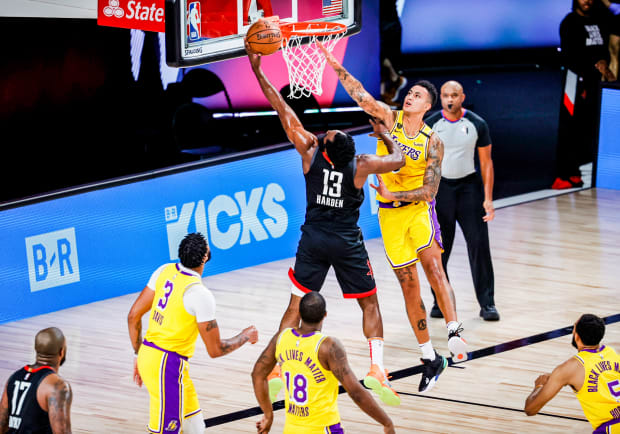
COVID-19 has prompted other new uses for wearables in sports, too. When leagues shut down over the spring, some teams used the devices to help players manage practicing on their own and prevent injuries. And with the return of in-person training, the same player-tracking wearables that teams previously used to see precisely where someone was on the field were refitted to ensure everyone stayed six feet apart as much as possible.
There’s another dimension of use here, too: fan engagement. With packed stadiums still a distant idea in the U.S., there’s a push to find news ways to connect with supporters. One wearable brand, Catapult, has for the last few years used its devices to do that in Australian rugby—players’ heart rates in big moments are displayed in certain broadcasts.
“I think trying to pull some metrics that really show what an athlete is going through but is not demeaning to the athlete in any form—I think it’s one of those things that will probably come out of the industry in this time,” says Catapult CEO Will Lopes.
Whoop has also begun to experiment with this feature. When PGA star Justin Thomas sank a 50-foot putt in a playoff at the Workday Charity Open in July, he allowed Whoop to share his heart rate afterward on social media, as measured by the wristband: 112 beats per minute as he lined up the shot, 146 BPM as he waited to see whether he would make it. The company says that it’s actively pursuing ways to share more info like that.
As for Watney? He continued to wear his wristband while in isolation and did not experience serious symptoms. After returning from quarantine, he rejoined the Tour in July, but he still checks his respiratory rate daily: “It’s been cool to see it return to normal.”
Read more of SI’s Daily Covers stories here
——————-

